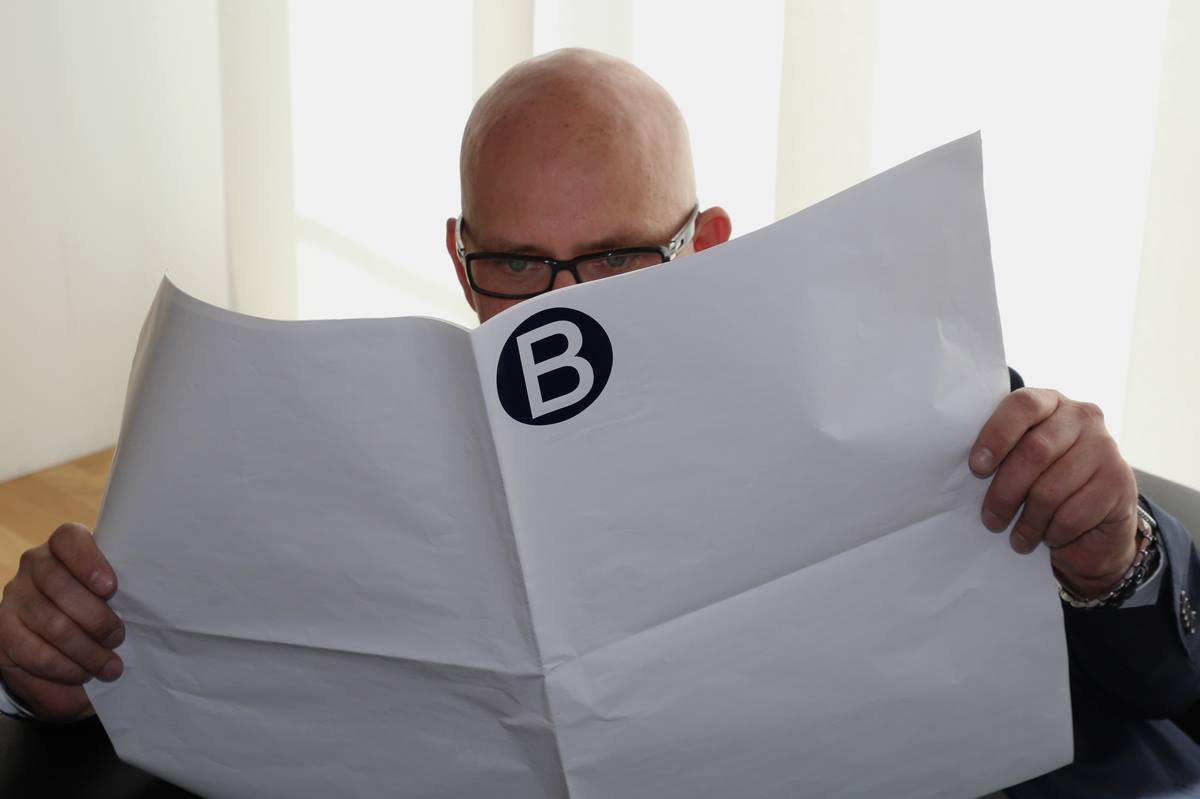Es zählt nicht nur was Sie sagen, sondern auch wie Sie es sagen: Beschwerden werden leichter akzeptiert, wenn Sie die Angelegenheit maßvoll vorbringen. Und wenn Sie selbst einen Termin vergessen oder sich etwas anderes zu schulden kommen lassen, zögern Sie nicht, „Sorry“ zusagen. Der BANKINGCLUB und Business Spotlight zeigen Ihnen außerdem, wie Sie sich höflich und angemessen auf Englisch entschuldigen.
COMPLAINTS
Here is a whole range of common suggestion styles:
When beginning a complaint, English-speakers often use “softeners” such as “seem” or “appear” in order to seem less confrontational and to give the other party an opportunity to take care of the problem. Note the following examples:
- There appears to be a problem with my bill. I had been told the meal was included in the price.
- There seems to be a problem here. I couldn’t possibly have made 220 calls from my room last night.
- There seems to have been an error somewhere. I ordered a four-door car, not a two-door.
- There seems to have been a mix-up concerning my order. The wrong chair was delivered this morning.
- I think there must have been an error with my account.
- I wonder if you could clarify something for me. The concierge tells me there’s no record of my booking.
- I don’t quite understand this charge. It looks as if I’m being billed twice for the sam installation.
TIP
The more you avoid using “you” at first (“but you said”, “you failed to”, etc.), the more the other party can save face when dealing with your problem. The more personally attacked someone feels, the more defensive — and unhelpful — that person is likely to become.
If the initial technique fails and the other person is defensive or uncooperative, it is best to avoid an escalation. Instead, one should try to focus on the solution. If you’re not getting anywhere, ask to speak to someone in charge.
- I’m not saying it’s your fault. But how can we solve this?
- I’d like to speak to the manager, please.
TIP
In English-speaking countries, customer service and politeness is taken extremely seriously. If someone is rude or unhelpful, the manager will want to know about it — if your argument is presented in a non-aggressive way.
- Oh, yes, you’re right. That charge really shouldn’t have been on your bill. I’m sorry. I’ll have it taken off straight away.
- I’m dreadfully sorry you’ve been kept waiting so long. I hope you have not been inconvenienced too much. Can I offer you something to drink?
- You’re understandably upset. It’s very unpleasant to be passed on from one person to the other, and I do apologize. I’ll see who can help you with your enquiry, and then call you back immediately.
- I’m sorry. I don’t know how that could have happened. I will look into it straight away.
- Please excuse us for this oversight. We’ll make sure we put your name back on our subscriber list right away.
- I’m so sorry about forgetting your order. Can I offer you a dessert at no charge?
- I’m so sorry you had to wait so long for your order. Can I offer you a drink on the house?
TIP
Customers don’t really care who made the mistake; they just want it fixed. An apology from you (as a representative of your company) will not be interpreted as an admission that it was your fault. Blaming someone else for what has gone wrong will not earn you any respect.
APOLOGIES TO A GROUP OF PEOPLE
When you have to apologize for your firm to a group of people — such as airline passengers who have been kept waiting — it is customary to use “we” rather than “I”, or to use the name of your company:
- We would like to apologize for the long delay in boarding this (aero)plane. We are sorry about any inconvenience caused.
- (Airline X) again wishes to apologize for the flight delay, and we do hope you’ll fly with us again soon.
TIP
If something has gone seriously wrong, it is often advisable to write a letter of apology. This will leave a better impression, especially if the letter contains an offer, such as an upgrade, a free item, or a voucher for services.
© Business Spotlight
www.business-spotlight.de




